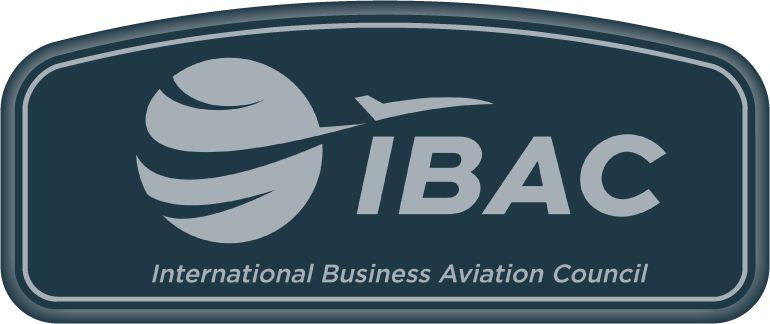Info
&
Insights
Navigating the Timeline: Why Operators Should Act Now on FAA Part 5 SMS Compliance
May 17, 2024

The Federal Aviation Administration (FAA) has set a challenging timeline for aviation operators: just 36 months to develop and implement a comprehensive Safety Management System (SMS) under the new Part 5 regulations. Given that many organizations typically require 12 to 18 months to fully implement an SMS, this timeline underscores the urgency of beginning the compliance process immediately. Moreover, the complexity of building an SMS from scratch, with no single software or program available to purchase that ensures compliance, adds to the critical need for a strategic, well-planned approach.
Understanding the Timeline Constraints
The 36-Month Challenge
Operators have been given a finite window of 36 calendar months to establish their SMS, a period that may initially seem ample but is tight considering the tasks at hand. These tasks include developing a safety manual, instituting safety policies, training personnel, integrating safety reporting systems, analyzing safety data, and establishing an internal audit program.
Why Quick Implementation Is Crucial
With many organizations needing up to 18 months to fully implement an SMS, those starting late risk incomplete integration by the deadline. Early starters will have the advantage of addressing inevitable challenges—such as integrating new procedures and training staff—without the pressure of imminent deadlines.
The Complexity of SMS Implementation
No Off-the-Shelf Solutions
There is no one-size-fits-all software solution that can fulfill all the requirements of the FAA's Part 5. Operators must develop customized processes that align with their unique operational profiles. This involves:
- Tailoring the safety manual to specific operational needs.
- Developing and refining risk management protocols.
- Training personnel across various roles and responsibilities.
Building from the Ground Up
Creating an SMS is akin to constructing a building: it requires a foundation laid through strategic planning, followed by the construction of individual elements tailored to specific needs and constant evaluation to ensure structural integrity. This process is detailed, iterative, and must be handled with meticulous care.
The Steps to Effective SMS Development
Step 1: Planning and Framework Development
Operators should begin by establishing a clear plan that includes milestones and deadlines. Engaging stakeholders in this early phase is critical to align expectations and responsibilities.
Step 2: Customizing Safety Processes
Since no single software can ensure compliance, operators must develop their safety processes from the ground up. This includes:
- Customized SMS Manual to Organization
- Safety Policy
- Safety Accountabilities and Authorities
- Safety Reporting Program
- SMS Safety Communications
- SMS Record Keeping
- Data Monitoring, Measurement, and Analysis
- Internal Audit Program
- SMS Training
- Emergency Response Plan
- SMS Software (Optional)
Step 3: Integration and Training
Integrating the SMS into daily operations is crucial, and comprehensive training programs should accompany it to ensure that all staff are proficient in their roles within the SMS.
Step 4: Testing and Refinement
Operators need to test the implemented processes under real operational conditions, allowing time to refine and adjust as necessary before the final audit and compliance declaration.
Misconceptions about SMS Software
It is a common misconception among many organizations that purchasing SMS software equates to full implementation. However, this is not the case. While SMS software can significantly aid in the development and management of an SMS by automating data collection, analysis, and reporting, it is not a complete package. Organizations must recognize that software is a tool to facilitate certain aspects of SMS implementation, not a substitute for the comprehensive development and integration of safety practices.
Given the complex requirements and strict timeline set by the FAA, operators must start the SMS development process immediately. The lack of a plug-and-play solution means that each operator must tailor their systems to their specific operational needs, a task that requires time, effort, and strategic foresight. Early action is not just beneficial; it is essential for ensuring compliance, enhancing safety, and ultimately, sustaining operational viability in the competitive and tightly regulated aviation industry.
###





